You'll want to focus on ingredients that offer deep hydration and barrier protection. Hyaluronic acid is a powerhouse for locking in moisture, while ceramides help strengthen your skin's natural barrier. Niacinamide is great for balancing oil production and improving skin texture. These key components, along with others like squalane oil, can help you create a fall skin care routine that keeps your skin looking its best all season long.
Understanding Dry VS Dehydrated Skin
To create an effective fall skincare routine, you need to know if your skin is dry or dehydrated. While these terms are often used interchangeably, they refer to different skin conditions that require distinct approaches.
Characteristics of Dry Skin
Dry skin is a skin type that produces less sebum (natural oil) than other types. You might have dry skin if you notice- A rough, flaky texture
- Itchiness and tightness
- More visible fine lines
- Dull appearance
- Increased sensitivity
Characteristics of Dehydrated Skin
skin type, dehydration is a temporary condition that can affect any skin type, even oily. Signs of dehydrated skin include- Dull, tired-looking appearance
- Darker under-eye circles
- More pronounced fine lines and wrinkles
- A feeling of tightness
- Itchiness
- Dehydrated skin can disrupt your skin's protective barrier, leading to uncomfortable sensations.

How To Identify Your Skin Type
To determine if you have dry or dehydrated skin, try these methods- The Pinch Test : Gently pinch your cheek. If it wrinkles, your skin might be dehydrated.
- The Bare-Faced Method : Cleanse your face, wait 30 minutes, and observe. If your skin feels tight and looks flaky, you likely have dry skin.
- Blotting Sheet Test : Press a blotting sheet on your face. Little to no oil absorption indicates dry skin.
Hyaluronic Acid for Hydration
Hyaluronic acid (HA) is a powerhouse ingredient for your fall skincare routine. This naturally occurring molecule, found throughout your body, plays a crucial role in maintaining skin moisture and elasticity. As you age, your skin's HA levels decrease, making it essential to incorporate this ingredient into your regimen.What is Hyaluronic Acid
HA is a glycosaminoglycan, a long, unbranched carbohydrate that gives your skin structure and a plump, hydrated appearance. Its most impressive feature is its ability to bind up to 1000 times its weight in water, making it an excellent humectant for your skin.
Benefits for Fall Skincare
During the fall, when the air becomes drier, HA can help:- Provide intense hydration
- Slow water evaporation from your skin
- Improve skin elasticity
- Reduce the appearance of fine lines and wrinkles
- Aid in wound healing
How to Incorporate Hyaluronic Acid
To get the most out of HA- Look for products with various molecular weights of HA for maximum effectiveness.
- Apply HA to damp skin to enhance absorption.
- Follow up with a moisturizer to lock in hydration.
- Consider using HA serums or toners for lightweight hydration.
- Pair HA with other active ingredients like vitamin C or retinol for enhanced benefits.
Ceramides for Skin Barrier Protection
Ceramides are essential lipids that make up a significant portion of your skin's outer layer. These fatty acids play a crucial role in maintaining your skin's health and protecting it from environmental stressors.

What are Ceramides
Ceramides are naturally occurring fats that comprise 30% to 40% of your epidermis. They act as the "mortar" between your skin cells, holding them together and creating a protective barrier. This barrier is vital for retaining moisture and preventing the entry of harmful substances into your body.
Benefits for Fall Skincare
During the fall season, ceramides offer several advantages:- Improve skin hydration by locking in moisture
- Strengthen the skin barrier against harsh weather
- Reduce dryness and irritation
- Protect against environmental damage
- Minimize the appearance of fine lines and wrinkles

How to Use Ceramides
To incorporate ceramides into your fall skincare routine:- Look for products containing ceramides 1, 3, or 6-II
- Apply ceramide-rich moisturizers after cleansing
- Use ceramide products twice daily for best results
- Consider combining ceramides with other beneficial ingredients like antioxidants or hyaluronic acid
Niacinamide for Moisture Retention
Niacinamide, a form of vitamin B3, is a powerhouse ingredient for your fall skincare routine. This versatile compound offers numerous benefits for your skin, making it an essential addition to your regimen.

What is Niacinamide
Niacinamide is a type of vitamin B3 that your body produces naturally. It's broken down into a coenzyme that your skin cells can use, which is responsible for its many benefits. This gentle yet powerful ingredient works by increasing the natural lipids on your skin's surface and reducing water loss.
Benefits for Fall Skincare
During the fall season, niacinamide can help:- Strengthen your skin barrier
- Increase moisture retention
- Reduce redness and inflammation
- Regulate oil production
- Minimize the appearance of pores
- Improve overall skin tone and texture

How to Apply Niacinamide
To incorporate niacinamide into your routine:- Use it once or twice daily after cleansing
- Apply after moisturizer or mix with your moisturizer
- Start with a low concentration if you have sensitive skin
- Consider using it in the morning for environmental protection and at night for skin repair
Remember, niacinamide works well with other ingredients like hyaluronic acid, ceramides, and retinol, making it a versatile addition to your fall skincare routine.
Squalane Oil for Dry Skin
Squalane oil is a powerful emollient that mimics your skin's natural oils, making it an excellent choice for your fall skincare routine. This lightweight, non-greasy oil is derived from squalene, a compound naturally present in your skin's sebum.
What is Squalane Oil
Squalane is a hydrocarbon created by hydrogenating squalene, which is found in olives, rice bran, and sugarcane. This process enhances stability and shelf life, making it ideal for skincare products. Unlike its precursor, squalane doesn't oxidize when exposed to air, ensuring its effectiveness over time.
Benefits for Fall Skincare
During the fall season, squalane oil offers numerous advantages:- Intense hydration without clogging pores
- Strengthening of the skin barrier
- Reduction of inflammation, beneficial for acne and eczema
- Antioxidant properties to combat free radical damage
- Enhancement of skin's natural moisturizing factor
How to Use Squalane Oil
To incorporate squalane into your routine:- Apply a few drops to damp skin after cleansing
- Layer it under or mix it with your moisturizer
- Use it as a hair treatment for added shine and protection
Remember, squalane is suitable for all skin types, including oily and acne-prone skin. Its lightweight nature makes it an ideal choice for those who prefer non-heavy moisturizers.
As the leaves change color and temperatures drop, your skin needs extra care to stay healthy and glowing. The key ingredients discussed in this article - hyaluronic acid, ceramides, niacinamide, and squalane oil - each have a unique role to play in keeping your skin hydrated and protected during the fall season. By incorporating these powerhouse components into your skincare routine, you can combat dryness, strengthen your skin barrier, and maintain a radiant complexion despite the changing weather.

Remember, understanding your skin type and its specific needs is crucial to creating an effective fall skincare regimen. Whether you're dealing with dry or dehydrated skin, there's a solution tailored for you. By using the right products and techniques, you can help your skin adapt to the cooler weather and keep it looking its best all season long. So go ahead, give your skin the TLC it deserves and embrace the beauty of fall with confidence.


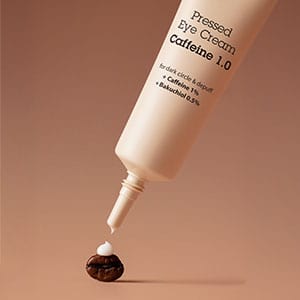
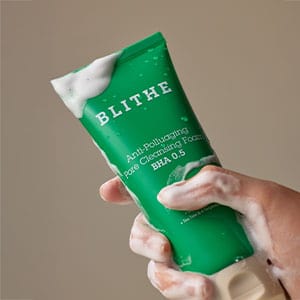
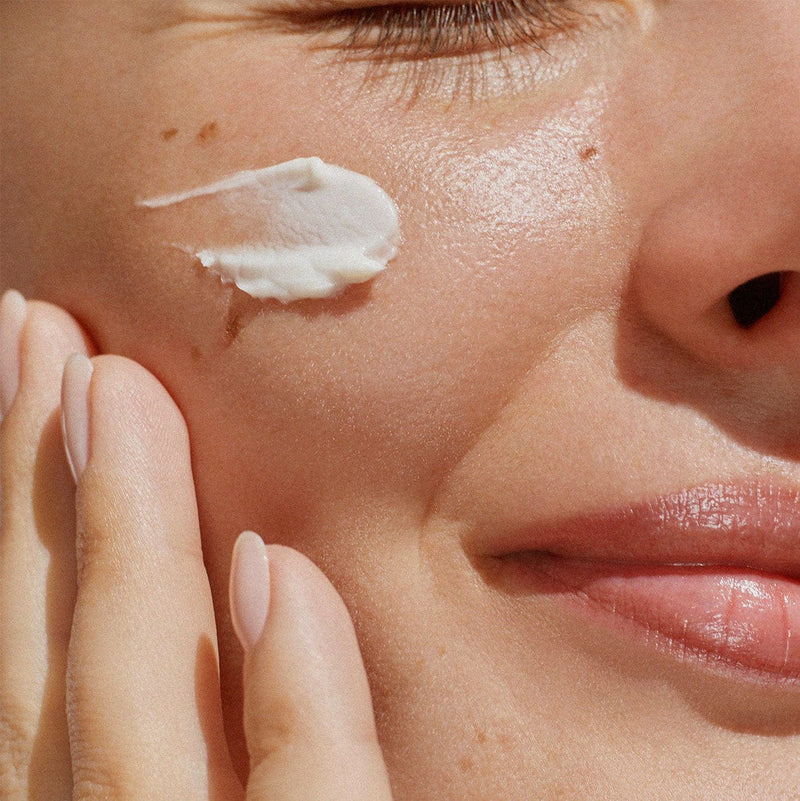
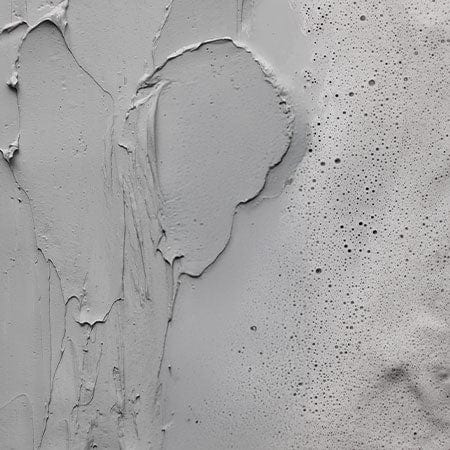
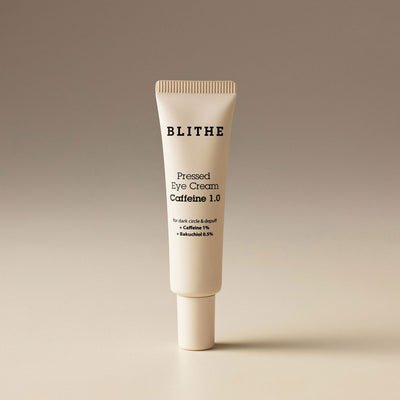
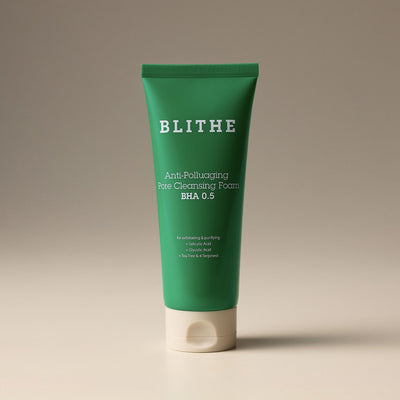
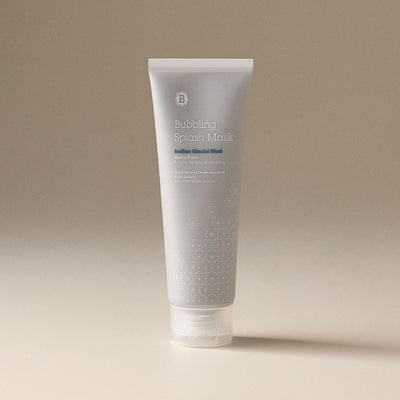
Leave a comment